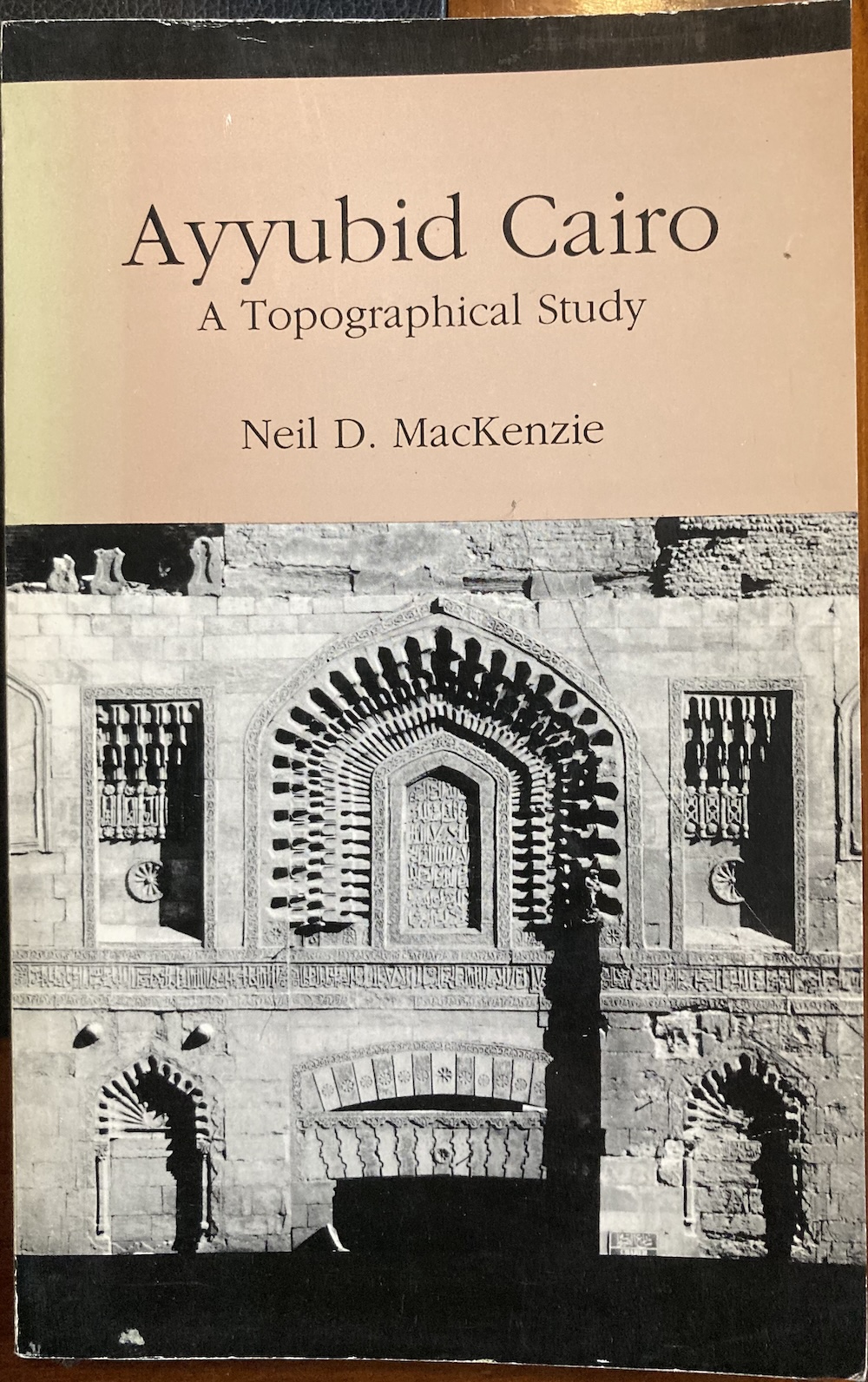Ayyubid Cairo: A Topographical Study
By Neil D MacKenzie
$9.00
The Ayyubids, the dynasty founded by Saladin, ruled Egypt from the mid-twelfth to the mid-thirteenth century, a period of great changes in the cities of al-Fustat and al-Qahira, forerunners of modern Cairo.
Al-Qahira, under the preceding Fatimid dynasty, a forbidden royal enclosure, was opened up to the general populace, while in both cities religious buildings, public baths, commercial institutions, and fortifications were pulled down, restored, or newly established. The great citadel of Cairo, the seat of power in Egypt for the next seven hundred years, was built on a spur of the Muqattam Hills. Although the Ayyubids governed Egypt for only eighty years, what was accomplished in urban terms in that period formed the basis of the later and long-lived rule of the Mamluks.
Drawing on a wide range of documents and contemporary accounts, as well as later studies, Dr. MacKenzie first reviews the state of affairs in al-Qahira and al-Fustat at the end of the Fatimid dynasty. He then examines the structure of the Ayyubid administration and the associated military, religious, and commercial milieux, before going on to survey in detail the changes which took place under the Ayyubids in the general layout of in defenses, in governmental and private buildings, in water resources and public baths, in religious institutions and cemetery areas, and in markets and commercial establishments.
This definitive and comprehensive study, the first of its kind, is supplemented by a glossary of Arabic terms, a chronological table of the Fatimid and Ayyubid dynasties, and three large, loose-leaf maps showing the positions of all identifiable sites discussed in the text.
In stock





